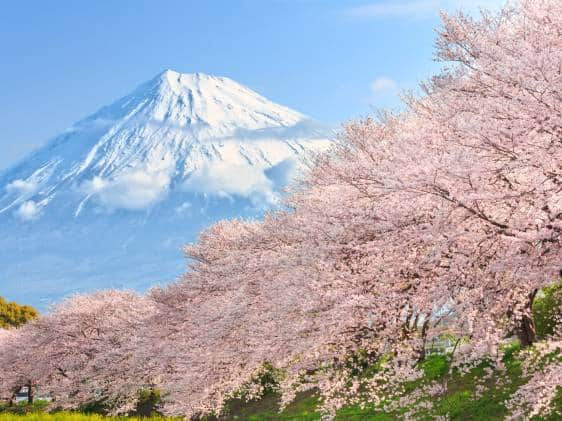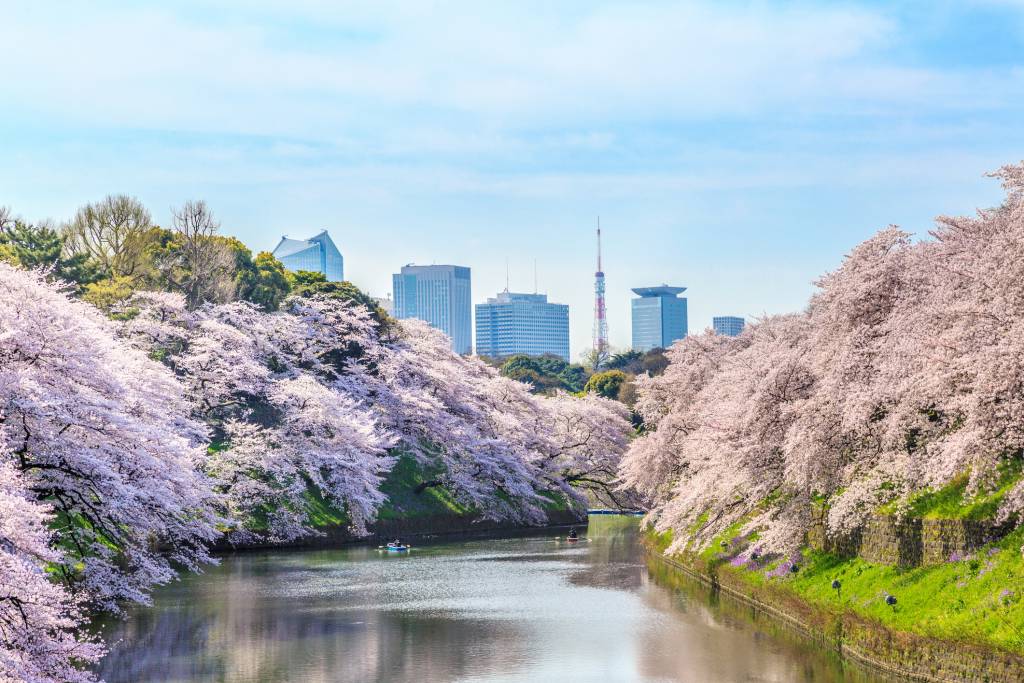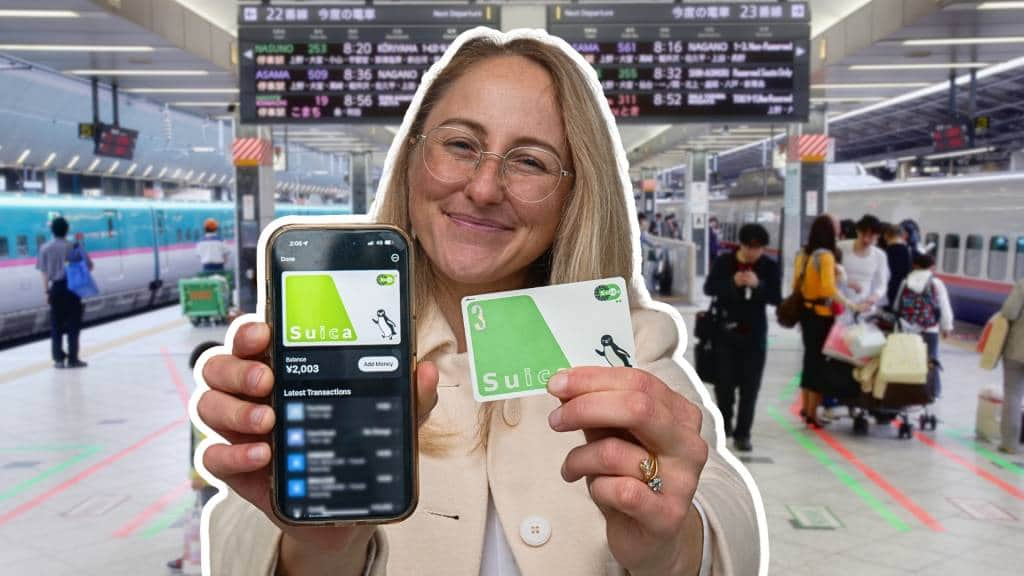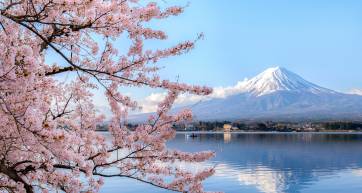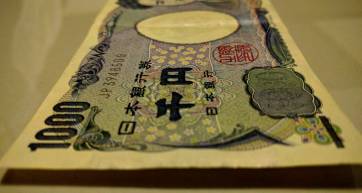Going to an izakaya is one of Japan’s quintessential experiences. If it’s your first trip to Japan or you’ve been here for a lifetime, it’s hard not to enjoy a beer and yarn with friends over some heavily salted fried food at this Japanese institution.
What is an izakaya?

Most guides and dictionaries translate the Japanese word izakaya as “pub” or “tavern”, but it doesn’t really fit neatly into either of these definitions. The literal meaning from the characters 居酒屋 is “stay saké shop”, meaning a place where you can stay and drink, as opposed to a booze shop where you take it home. Izakaya are different from bars in that diners are always seated (usually at a table or on tatami), and there is less opportunity for interaction with other customers.
While drinking is a big part of an evening out at an izakaya, there’s also a constant stream of (shared) dishes. It’s hard to classify the food other than “generally goes well with alcohol”. In fact, the menu can be so diverse that it can be a chance to try new dishes.
Izakaya are also typically attended by large groups of friends or colleagues and not a spot to go an intimate date. And although there are no rules against it, going to an izakaya by yourself is not really done!
Typical izakaya drinks and dishes

Most izakaya tend to serve a general mix of drinks, snacks and food, but there are quite a few that have their own specialty. This could be seafood (like Uoshin), fried food (like Kin no Kura Jr) or yakitori (like Torikizoku) or they may choose to specialize in saké (like Sasagin).
Izakaya drinks
With a few exceptions, izakaya are not the place to be a wine connoisseur or a craft beer snob. The drink menu typically consists of Japanese pilsner-style draft beers (almost always one of Asahi, Kirin, Sapporo or Suntory), various “sours” (for example lemon mixed with shōchū and soda water), chūhai, an extensive menu of cold and warm saké (more correctly known as nihonshu in Japanese), and shōchū. Since shōchū is a spirit, it will be served with still water or soda water and ice.
If you’re not interested in alcohol, most izakaya have a range of cold alcohol-free drinks available. This typically includes oolong tea, green tea, zero-alcohol beer and soft drinks, but not coffee. For more on drinks, skip to the drinking etiquette section.
Izakaya dishes

Whether they have a specialty or not, almost all izakaya have a handful of staple snacks, such as edamame (beans), but it can vary from there. Whether they’ve gone a bit modern with fries or like to keep things traditional with agedashi-tofu and sashimi, there are plenty of great options (even for vegetarians—more on that here)
Typical Japanese izakaya menu
- Edamame – salted beans eaten as a snack with beer
- Karaage – Japanese-style fried chicken
- Kushiyaki – chicken (yakitori), meat, fish and veggies roasted on skewers
- Korokke – potato croquettes often filled with ham, crab or cheese
- Grilled fish – often seasonal and extra delicious for it
- Agedashi-tofu – fried tofu in a light dipping sauce
- Ebi-mayo – fried shrimp with mayonnaise
- Gyoza – steamed or fried dumplings, often with pork
- Agemono – deep-fried squid, fish, prawns
- Sashimi – raw fish (sushi without the rice)
- Makizushi – rolled sushi
- Tamagoyaki – a simple rolled omelette
- Pizza and french fries – fries are safe, avoid the pizza
- Salads – often topped with ham or fish (vegetarians beware)
- Nabe – Japanese hotpot
Seating charges
Rather than tipping or paying a traditional service fee, at an izakaya you pay otōshidai (お通し代) or sekiryō (席料), which is often translated as “table charge”.

This is a misnomer since you’re not paying for the table, you’re paying for the seat. The charge is per person and includes a small dish of food called otōshi. The upside to this mandatory charge is trying whatever otōshi comes your way — it can be likened to a lottery where you might get some of the tastiest nibbles you’ve ever tried, or something disappointing. Either way, the fun is in the surprise, and it’s definitely part of the whole izakaya experience. (Note for vegetarians: The dish often has meat or fish in it as a show of value.)
This fee varies from place to place and is usually between ¥200 to ¥1,000, so if you’re worried about it, ask before you enter. To find out, you should ask “Otōshidai arimasuka?” (Is there a seating charge?), then “Ikura desuka?” to find out how much.
The 2-hour time limit
If you’re at an izakaya with empty seats and no one waiting at the door, you can eat and drink all night if you want. However, if there are people waiting to get in, the izakaya may impose a 2-hour limit from when you arrive. When the 2 hours are up, they may ask you to leave so that new customers can take your table.
There is a similar time limit placed on all-you-can-eat/drink deals, and with both, last orders are usually half an hour before. Staff should come and tell you, but it’s a good idea to keep an eye on the time yourself.
Drinking etiquette at a Japanese izakaya

The typical izakaya drink is cold draft beer served in a jockey (glass tankard). While they may also have a dark beer or a local souvenir beer available, this is not the place to be a beer nerd, so don’t go confusing the staff by asking for an IPA. The beer selection is probably limited to Asahi Super Dry, Kirin Ichiban, Sapporo Black Label or Suntory Premium Malts.
If you’re feeling a bit daring, most izakaya have a decent range of nihonshu (saké) and shōchū — a distilled spirit made from sweet potato, rice, barley, soba wheat, or brown sugar. The kanji characters and the writing style of saké and shochu menus are notoriously difficult to read, so you’ll need to have a master’s degree in Japanese language or the reading skills of a Japanese 6th grader to read the menu.
Asking for recommendations
Waiters at izakaya are often quite knowledgeable about the different saké and shochu options on the menu. Typically, the waiter will ask if you prefer your drinks to be amakuchi (sweet) or karakuchi (dry) before giving you a recommendation.

Pouring for others
If the izakaya doesn’t have draft beer, or even sometimes when they do, you will see 600 ml (about 20 fluid ounces) bottles on the table. It’s considered good manners to pour someone else’s drink, and usually the more junior members of the party will attentively fill the glasses of their superiors.
Options for non-drinkers
If you don’t drink alcohol or you’re not down for getting plastered, there is always a selection of non-alcoholic drinks. If you don’t want to be left out, oolong tea is a good choice as it’s a similar color to beer and the signal for “I’m not drinking”. Often, the izakaya will serve it in a beer tankard so you can clink glasses with your fellow diners. Just make sure no one accidentally tops up your glass of tea with some beer!
Before taking the first sip
Lastly, don’t start drinking until everyone in your party has their drinks. It’s considered quite rude to start drinking when one or more people are left out. Also, when out with colleagues, clinking glasses is done with the most senior person’s cup held the highest (so newbies, tap your glass to the middle of your senpai’s).
Nomihōdai (all you can drink)
飲放題 (nomihōdai) were among the first kanji characters I learned to read after my arrival in Japan. It simply means “all you can drink”. It rarely means all you can drink until you can’t drink anymore though. There’s usually a time limit (typically 1 hour, 90 minutes or 2 hours), and the menu from which you can order is restricted.
Although nomihōdai can seem like a great deal, you may have to forego eating and talking to drink at a rapid enough speed to get your money’s worth. Service also seems to magically slow down when you take the nomihōdai option. The best way around this is to order your next drinks well before you’ve finished your current round.
Tabehōdai (all you can eat)

In case you haven’t worked it out yet, the hōdai part basically means “free for all”, so tabehōdai (食べ放題) means “all you can eat”. Before you imagine devouring a small mountain of succulent sashimi on a pittance, you should take note of the restrictions. As with the drinks, your orders will usually be restricted to the cheaper items on the menu, although some places have tiered options. If you order anything outside the tabehōdai items, it will add extra to your bill.
Food courses
Not to be confused with tabehōdai, a food course is a set menu for a fixed price. Courses often go together with nomihōdai, the all-you-can-drink option. When making a large booking at an izakaya, they may require that you order nomihōdai and/or a course (around 4,000 yen at an average izakaya). However, if you just roll up without a booking, you can often avoid the compulsory course.
Smoking in a Japanese izakaya

Don’t like cigarette smoke? You probably won’t like an izakaya then. While an indoor smoking ban in Japan came into effect in April 2020, enforcement is lax and you’ll still see plenty of “Smoking OK” signs.
You’re also out of luck if you want to sit in the non-smoking section. Your best bet is to look for somewhere that is well ventilated. If it’s a slightly classy izakaya, they may have private rooms. These rooms are known as koshitsu. To be seated in a private room, ask “Koshitsu arimasuka?” (Are there any private rooms?).
Sights and sounds
People in Japan are renowned for their reserve. But when you step into an izakaya, things tend to liven up quite a bit. Boisterous greetings, singing, dancing, hearty chattering and the like make for a let-loose atmosphere. Have a look at the video below to see just how birthdays are dealt with (this is Teppen Onna Dojo in Shibuya). For example, even if you don’t know the person, your participation in a birthday celebration is expected!
Paying the bill
When you’re ready to leave, you can ask for the bill by saying “Okaikei onegai shimasu” (お会計お願いします). When you get the bill, follow the Japanese tradition and divide it equally by as many people as are present. You could just calculate the cost of what you drank and consumed, but if you do that, you’ll never make friends in Japan. Just pay your share!
The best izakaya in Tokyo (aka our favorites)

Having a thousand izakaya to choose from in Tokyo is great in one sense, but can also feel massively overwhelming. Luckily, we have a handy guide to help you choose between the myriad options, including chains (cheap and great for groups), independents (often classier) and themed izakaya (for a fun night). To get you started, here are a few of our all-time favorites.
- Uoshin: A fish-focused mini-chain – Decorated with lanterns and serving up sashimi, grilled fish and crab among other sea-based delicacies, Uoshin is a chain with the feel of an independent. The prices are good, the food is better and they’re always busy! Keep an eye out for one of their 10 restaurants (all in Tokyo) including Ginza, Shibuya, Shinjuku and Shimokitazawa.
- Sasagin: An upscale independent – In the trendy Shibuya-adjacent Yoyogi-Uehara district, Sasagin is a smart option recognized in the Michelin guide (Bib Gourmand level, rather than a star). It specializes in saké, and asking for the chef’s osusume (recommendation) will get you some delicious dishes.
- Rokunen Yonkumi: An elementary school evening – This izakaya goes all out in recreating a standard Japanese elementary school, from classrooms to school-lunch dinners, and a pop quiz too! It’s aimed at raising nostalgia in the locals, but it’s fun for all, with the familiar satchels and an all-you-can-eat sweets bar. They have branches in Shibuya and Shinjuku as well as Osaka and Kyoto.
- Totogen Shinsen: A cheapo CEO pick for the freshest fish – Selecting their fish fresh each morning from the market, Totogen is an independent izakaya with a chilled-out atmosphere. It’s a tad pricier than the others, but you’ll still get a good meal for under ¥5,000.
- Torikizoku: The chain of chains – Serving up yakitori (grilled chicken skewers), Torikizoku is a cheap and cheerful spot that’s great for a casual get-together. And it’s always busy, giving you that automatic izakaya atmosphere with good deals on nomihōdai and tabehōdai.
Still lost? Go on a bar-hopping tour
Finding one-of-a-kind izakaya and drinking spots isn’t easy, especially if you’re just visiting. Consider joining a knowledgeable guide as they show you where to get the local bar experience in Tokyo. They’ll guide you through the nitty-gritty etiquette while helping you create unforgettable memories. We’ve reviewed a Shibuya bar hopping and izakaya experience to give you some tips. Or go straight ahead and book.
This article was first published on October 2, 2015. It was last updated on September 18, 2023.








